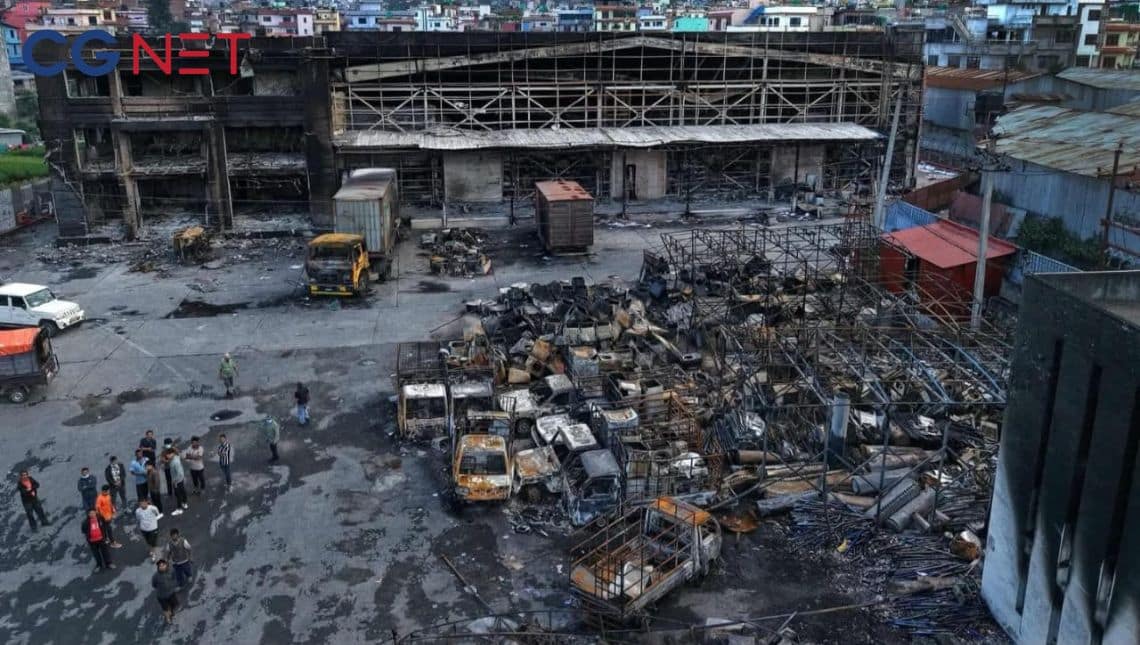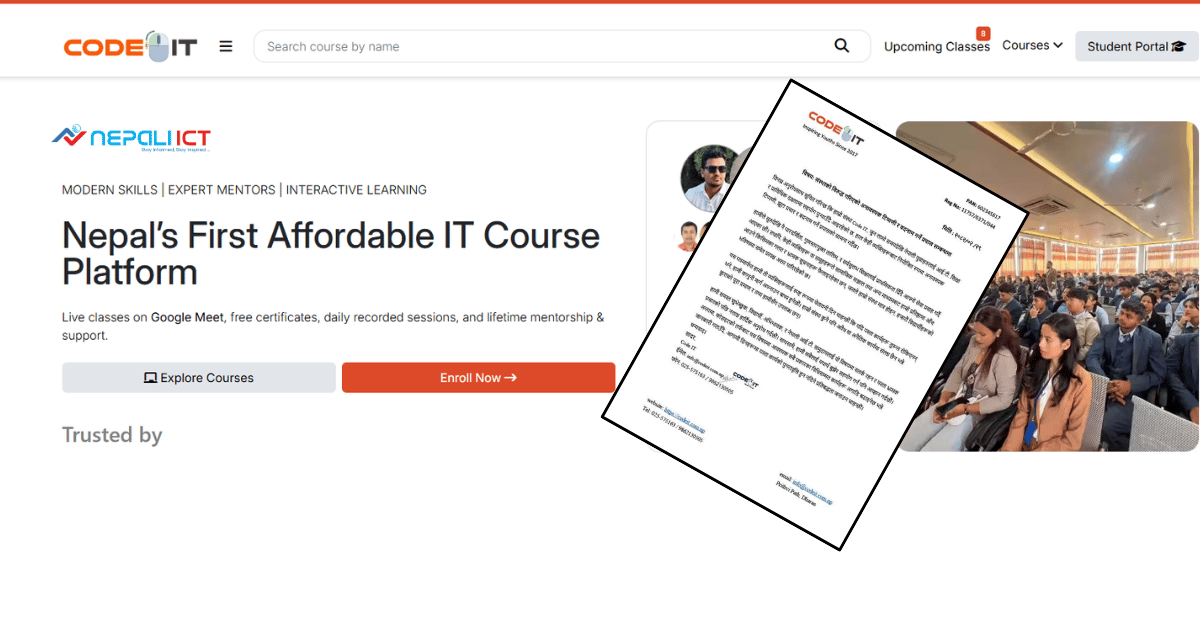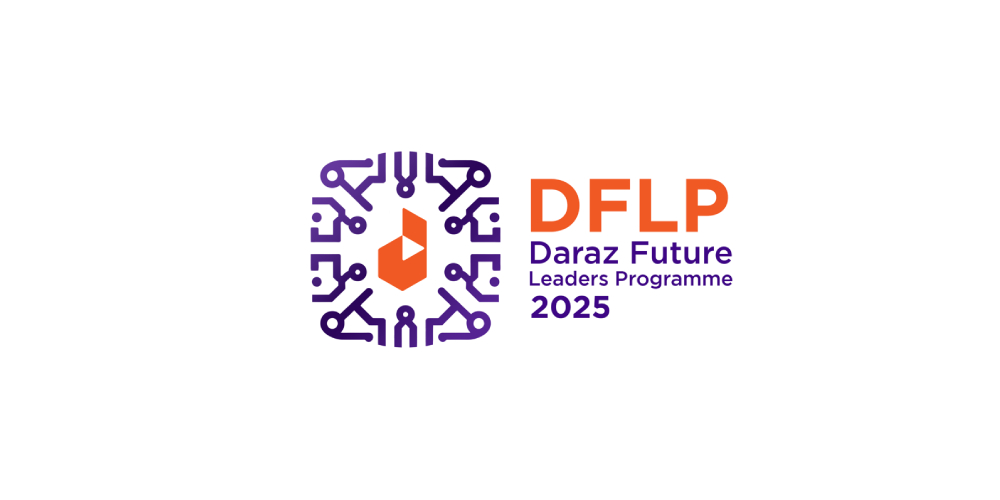Kathmandu-Nepal’s Digital Nepal Framework (DNF), first launched in 2019, promised a bold leap into the digital age—a comprehensive, technology-driven transformation aimed at accelerating socio-economic development across multiple sectors. However, as the government prepares to introduce Digital Nepal Framework 2.0 (DNF 2.0) in 2025, frustration and skepticism among IT professionals, entrepreneurs, industry bodies, and development partners have grown sharply, reflecting deep concerns about the slow pace of progress and the persistent gap between vision and reality.
The Promise and the Reality: Digital Nepal Framework 1.0
The original DNF, unveiled with much fanfare in 2019, laid out an ambitious roadmap targeting eight key sectors: digital foundations, agriculture, health, education, energy, tourism, finance, and urban infrastructure. It envisioned 80 digital initiatives, including nationwide internet access, smart agriculture, telemedicine, e-governance, and digital financial services, backed by substantial investments from the government and international partners like the World Bank.
Yet, despite these grand plans, implementation faltered. Stakeholders repeatedly cite bureaucratic inertia, lack of coordination among agencies, unclear legal frameworks, and insufficient funding as major obstacles. For example, setting up IT companies remains a bureaucratic maze with unclear registration processes and heavy taxation—startups face tax rates as high as 39%, stifling their motivation and growth. Many talented youth, frustrated by these hurdles, choose to leave the country for better opportunities abroad.
Voices from the ICT Community: Frustration and Calls for Change
At a recent forum organized by the Federation of Computer Association of Nepal (CAN Federation), IT experts, government officials, and development partners expressed their dissatisfaction openly. Bikyan Shrestha, ICT Chair at the Nepal Chamber of Commerce, described the bureaucratic challenges as a “nightmare” for young entrepreneurs, while digital economist Amrita Sharma lamented that despite the initial excitement, “the ground reality hasn’t changed,” and Nepal has fallen behind its neighbors in digital adoption.
World Bank’s Ruchi Pandey highlighted the foundational issues Nepal still faces—digital literacy remains low, especially in rural areas, and internet connectivity is uneven. Without addressing these basics, advanced technologies like AI, blockchain, or e-governance remain out of reach for much of the population. She urged prioritizing digital literacy and connectivity in upcoming budgets to avoid Nepal being left behind in the global digital race.
Pradeep Lamichhane, a technology researcher involved in the original DNF design, criticized the government for lagging behind the private sector, which has done much of the groundwork. He pointed out the hostile market conditions for tech products domestically, where high costs and low demand hinder growth, despite global competitiveness.
Even within the Ministry of Communication and Information Technology, frustration is palpable. Minister Prithvi Subba Gurung admitted that internal bureaucracy slows progress dramatically, with simple drafts taking months to process. This middle-level inertia undermines political will and stalls the digital agenda.
Digital Nepal Framework 2.0: A Renewed Vision
In response to these challenges, the government released the draft of Digital Nepal Framework 2.0 in early 2025. This updated framework builds on the lessons learned from DNF 1.0, aiming to address coordination gaps, technical capacity shortages, and funding issues. It emphasizes a phased and prioritized approach to implementation, focusing on four key enablers:
-
Future-Ready Digital Foundations: Building robust infrastructure including 5G networks, cloud computing, cybersecurity, and digital identity systems.
-
Access to Digital Services: Expanding digital platforms for government services, healthcare, education, and finance to reduce the urban-rural digital divide.
-
Skills and Digital Literacy: Enhancing workforce skills through upskilling programs, coding education, and digital entrepreneurship initiatives.
-
Transformation of the Digital Economy: Promoting innovation, IT exports, e-commerce, fintech, and agri-tech to drive economic growth.
DNF 2.0 also introduces the FAST strategy—Future Ready Digital Foundation, Access to Digital Services, Skills and Digital Literacy, and Transformation of Digital Economy—to guide Nepal’s digital transformation comprehensively.
The framework aims to be more inclusive, ensuring no sector or community is left behind. Officials stress the importance of strong leadership, strategic policy reforms, and active private-sector engagement to realize this vision. The government has invited public and expert feedback to refine the framework before final approval.
Persistent Challenges and the Road Ahead
Despite the renewed framework, skepticism remains. The Office of the Auditor General’s 62nd Annual Report criticized the lack of a designated implementation authority, unclear budgeting, and failure to update the framework regularly—issues that plagued DNF 1.0 and threaten to undermine DNF 2.0 if not addressed.
The private sector, represented by CAN Federation leaders, has expressed readiness to partner on digital skills training and infrastructure development but demands genuine government openness and action. They warn that without translating policy documents into tangible outcomes, the digital dream will remain elusive.
The fundamental challenges Nepal faces include:
-
Bureaucratic delays and lack of accountability
-
Unclear legal and regulatory frameworks for IT businesses
-
High taxation and limited market support for startups
-
Digital literacy gaps, especially in rural and marginalized communities
-
Unequal internet access and infrastructure deficiencies
-
Brain drain of skilled youth and IT professionals
Digital Nepal at a Crossroads
Nepal stands at a critical juncture in its digital journey. The Digital Nepal Framework 2.0 offers a refined, forward-looking blueprint that could unlock the country’s immense potential for digital innovation, economic growth, and social inclusion. However, ambition alone is insufficient. The government must overcome bureaucratic inertia, clarify policies, ensure adequate funding, and foster genuine collaboration with the private sector and civil society.
Nepal’s youth and tech entrepreneurs are ready to lead the digital revolution, but they need a supportive ecosystem—not one that taxes their drive into silence or entangles them in red tape. The success of Digital Nepal depends on transforming lofty plans into concrete actions that reach every citizen, bridging divides rather than widening them.
If Nepal can meet these foundational demands with clarity, coordination, and commitment, it will not only catch up but potentially emerge as a regional digital leader. Otherwise, the Digital Nepal dream risks remaining just that—a dream.






















Comments